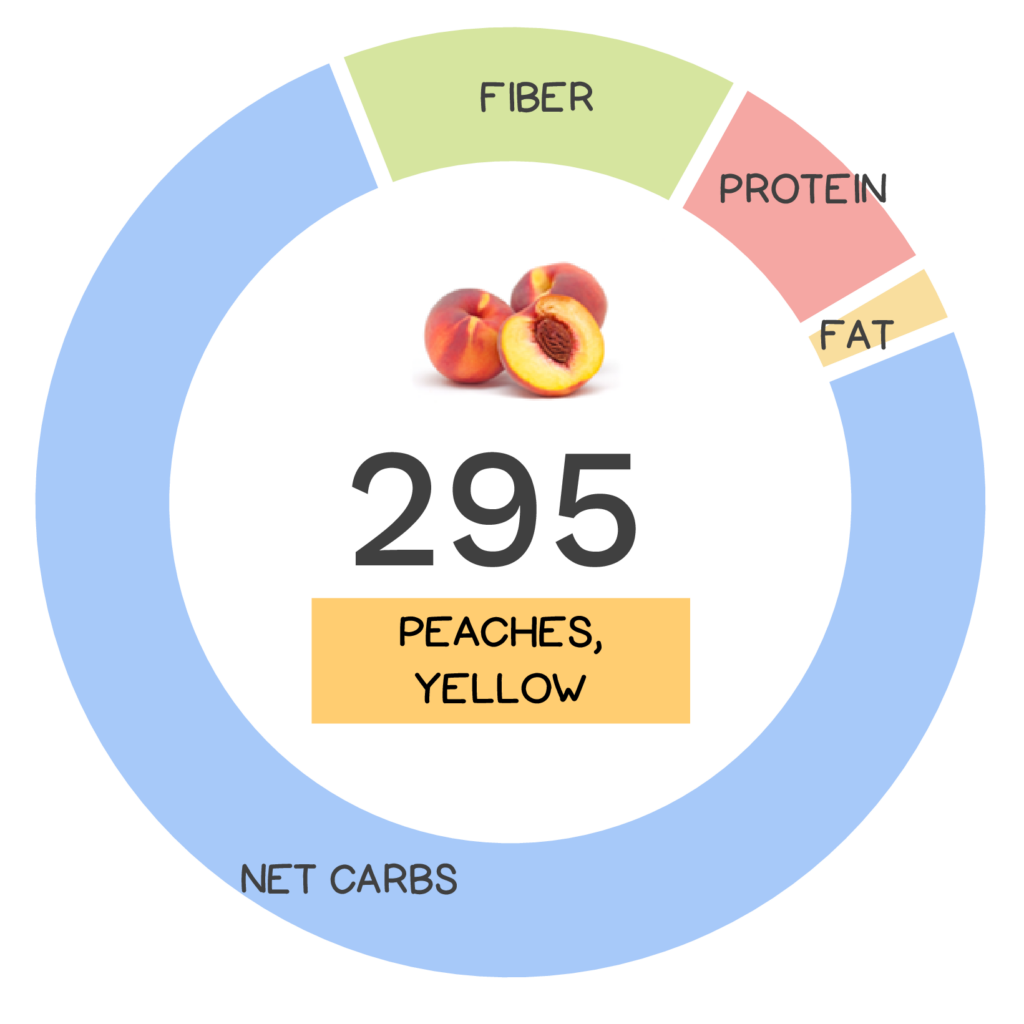
Biting into a juicy peach is a favorite summer past-time for many. Just the thought of coming across a road-side stand selling freshly picked peaches is enough to make your mouth water! Perhaps you may even be lucky enough to have the option to choose between peaches and nectarines (personally, I’d take both!) You might think that they are different fruits, as they are marketed that way, but in fact peaches and nectarines are the same species! They are almost identical genetically, except peaches carry a dominant allele that gives them their characteristic soft fuzz. Who knew?
Peaches and nectarines are the same species which are almost identical genetically, except peaches carry a dominant allele that gives them their characteristic soft fuzz.
Peaches and nectarines (Prunus persica), belong to the Rosaceae or rose family. Within the Prunus genus are many other popular fruits including apricots, cherries, and plums – which are all considered stone fruits (also known as drupes) meaning they are fruits containing a single pit (or stone) surrounded by edible flesh. You may not realize that peaches are also closely related to almonds, both are classified in the subgenus Amygdalus, distinguished from other genus members by their corrugated seed shell. Due to their close relatedness, the kernel of a peach seed tastes remarkably similar to almond!
Peaches belong to the Rosaceae or rose family, along with many other popular stone fruits including apricots, cherries, and plums.
The scientific name, Prunus persica, literally means “Persian plum”, as it is closely related to the plum and because of the early European mistaken belief that peaches were native to Persia (modern-day Iran) due to widespread cultivation in that region. In actuality, peaches are native to Northwest China and recent evidence indicates that domestication may have occurred as early as 6000 BC! Peach cultivation reached Greece by 300 BC and this fruit was brought to the Americas by Spanish explorers in the 16th century. In many cultures around the world peaches have symbolic meaning, representing vitality, good health, happiness, riches, honors, longevity, and immortality; the Chinese even considered peach wood protective against evil spirits!
Stone fruits (also known as drupes) refer to fruits containing a single pit (or stone) surrounded by edible flesh.
The US state of Georgia (my home state!) is nick-named the “Peach State” and considers itself the peach capitol of the universe! We have a long history producing peaches starting as early as 1571, exporting to other states by the 1800s, but today Georgia is actually third in US peach production (behind California and South Carolina). No matter – I’m still proud to be a Georgia Peach!
Nutrivore Score for Peaches – 295
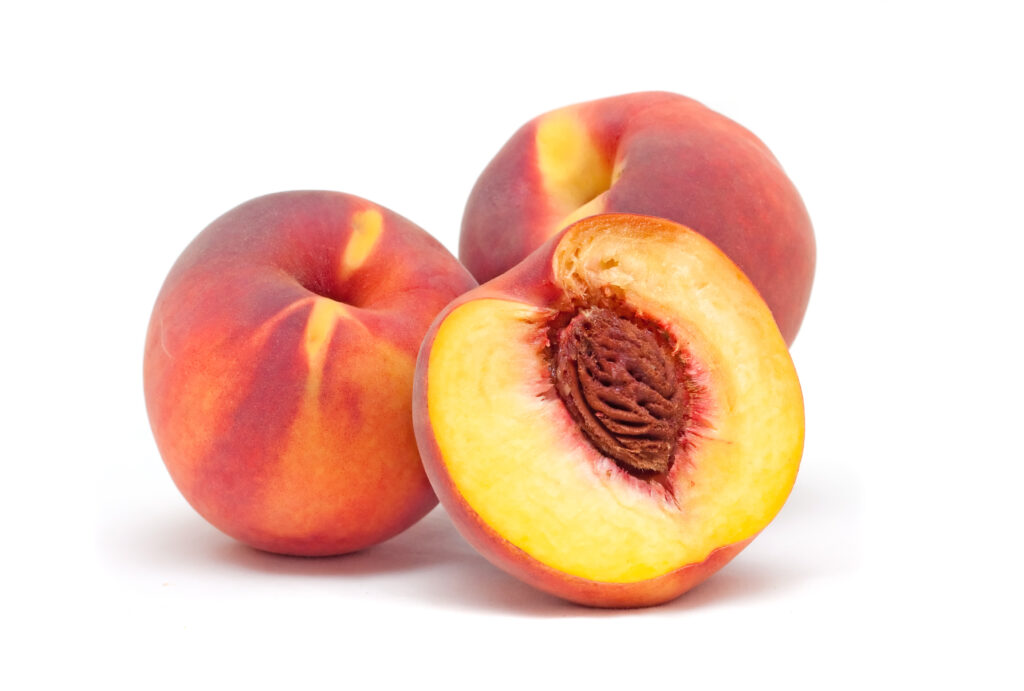
Peaches have a Nutrivore Score of 295, making them a medium nutrient-dense food! Plus, they are a low-carb and low-calorie-density food; the calorie count of peaches is 60 calories per cup!
Per serving, peaches are a best source (>50% daily value) of polyphenols; and a good source (10-20% daily value) of copper, vitamin B7 (biotin), and vitamin C.
Ditch Diets. Embrace Nutrients. Start with this FREE Guide.
Sign up for the free Nutrivore Newsletter, your weekly, science-backed guide to improving health through nutrient-rich foods — without dieting harder —and get the Beginner’s Guide to Nutrivore delivered straight to your inbox!

Peach Nutrition Facts
One serving of peaches is standardized to 1 cup or about 154 grams (5.4 ounces). A typical medium-sized peach (2 2/3″ diameter) weighs 150 grams which means: one serving of peaches is roughly equivalent to 1 medium-sized peach.
Peach Nutrition Facts Per Serving
| Peaches, raw | Nutrivore Score: 295 | Nutrient Density: Medium |
|---|---|---|
| Serving Size: 1 cup, or ~ 1 medium (154 grams) | Protein: 1.4 grams | Net Carbohydrates: 12.4 grams |
| Calories: 60 | Total Fat: 0.4 grams | Dietary Fiber: 2.3 grams |
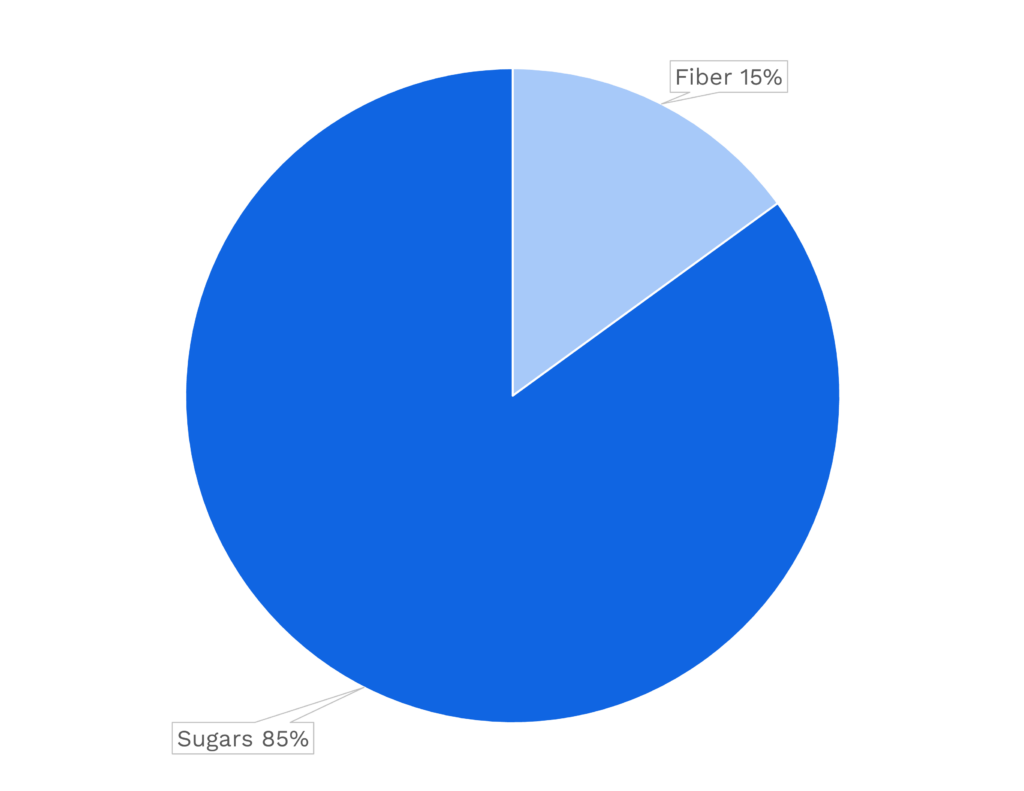
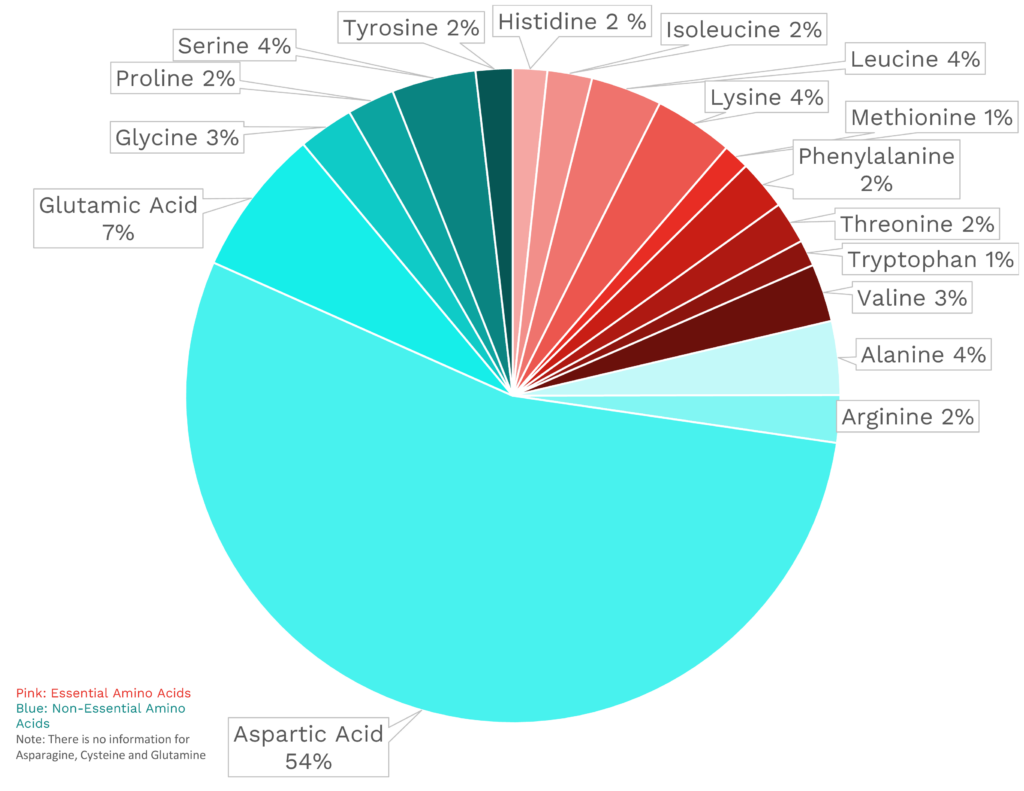
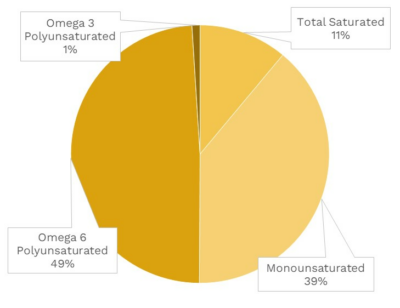
| VITAMINS | ||
|---|---|---|
| Vitamin A | 24.6 μg RAE | 3% DV |
| Vitamin B1 (Thiamin) | 37.0 μg | 3% DV |
| Vitamin B2 (Riboflavin) | 47.7 μg | 4% DV |
| Vitamin B3 (Niacin) | 1.2 mg | 8% DV |
| Vitamin B5 (Pantothenic Acid) | 0.2 mg | 5% DV |
| Vitamin B6 (Pyridoxine) | 38.5 μg | 2% DV |
| Vitamin B7 (Biotin) | 3.1 μg | 10% DV |
| Vitamin B9 (Folate) | 6.2 μg | 2% DV |
| Vitamin B12 (Cobalamin) | 0.0 μg | 0% DV |
| Vitamin C | 10.2 mg | 11% DV |
| Vitamin D (D2 + D3) | 0.0 μg | 0% DV |
| Vitamin E | 1.2 mg | 8% DV |
| Vitamin K | 4.0 μg | 3% DV |
| Choline | 9.4 mg | 2% DV |
| Myo-Inositol | 89.3 mg | ~ |
| CoQ10 | ~ | ~ |
| FUNCTIONAL FATS | ||
|---|---|---|
| MUFA | 0.1 g | 1% DV |
| ALA | 3.1 mg | 0% DV |
| EPA + DHA | 0.0 mg | 0% DV |
| CLA | ~ | ~ |
| Linoleic Acid | 0.1 g | 1% DV |
| MCT’s | 0.0 g | ~ |
| MINERALS | ||
|---|---|---|
| Calcium | 9.2 mg | 1% DV |
| Copper | 104.7 μg | 12% DV |
| Iodine | ~ | ~ |
| Iron | 0.4 mg | 2% DV |
| Magnesium | 13.9 mg | 3% DV |
| Manganese | 93.9 μg | 4% DV |
| Phosphorus | 30.8 mg | 2% DV |
| Potassium | 292.6 mg | 6% DV |
| Selenium | 0.2 μg | 0% DV |
| Sodium | 0.0 mg | 0% DV |
| Zinc | 0.3 mg | 2% DV |
| PHYTONUTRIENTS | ||
|---|---|---|
| Carotenoids | 492.8 μg | ~ |
| Polyphenols | 462.6 mg | ~ |
| Phytosterols | 23.1 mg | ~ |
| Glucosinolates | ~ | ~ |
| Thiosulfinates | ~ | ~ |
| Betalains | ~ | ~ |
| AMINO ACIDS & PEPTIDES | ||
|---|---|---|
| Taurine | ~ | ~ |
| Ergothioneine | ~ | ~ |
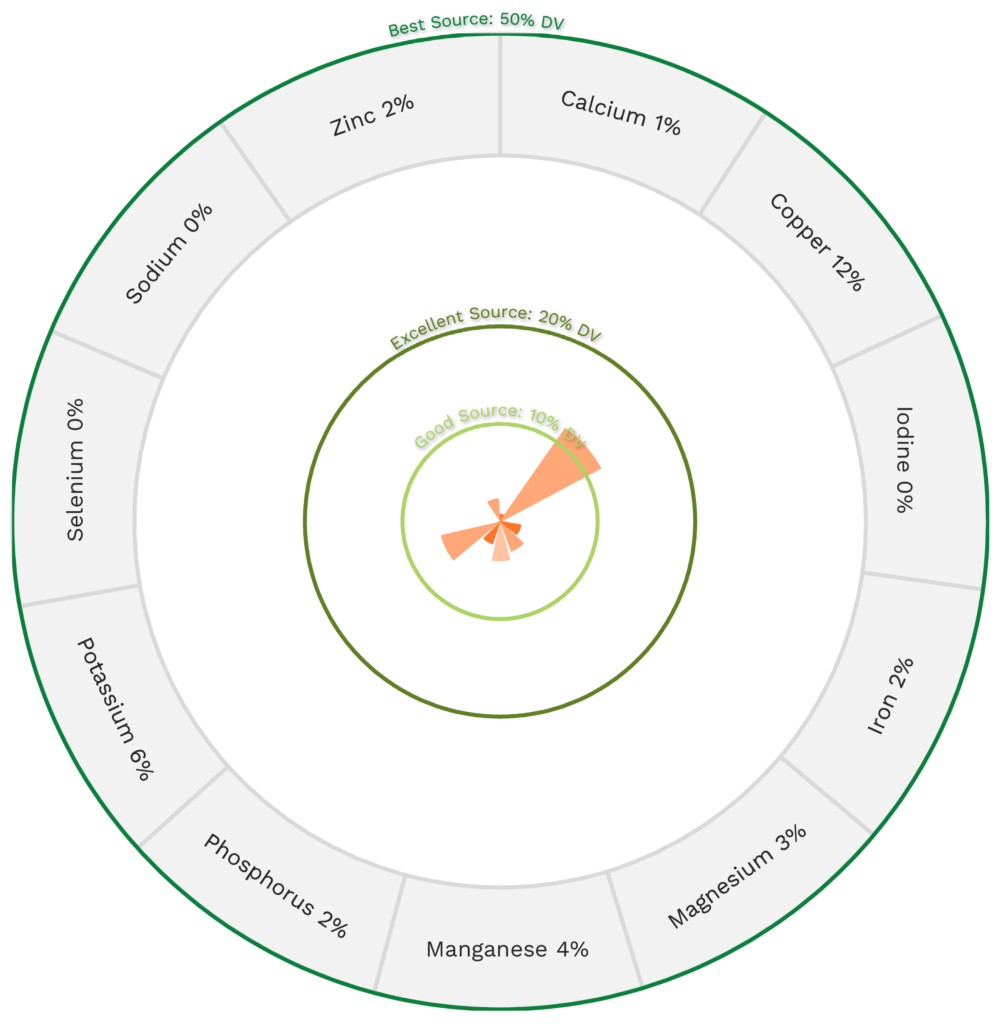
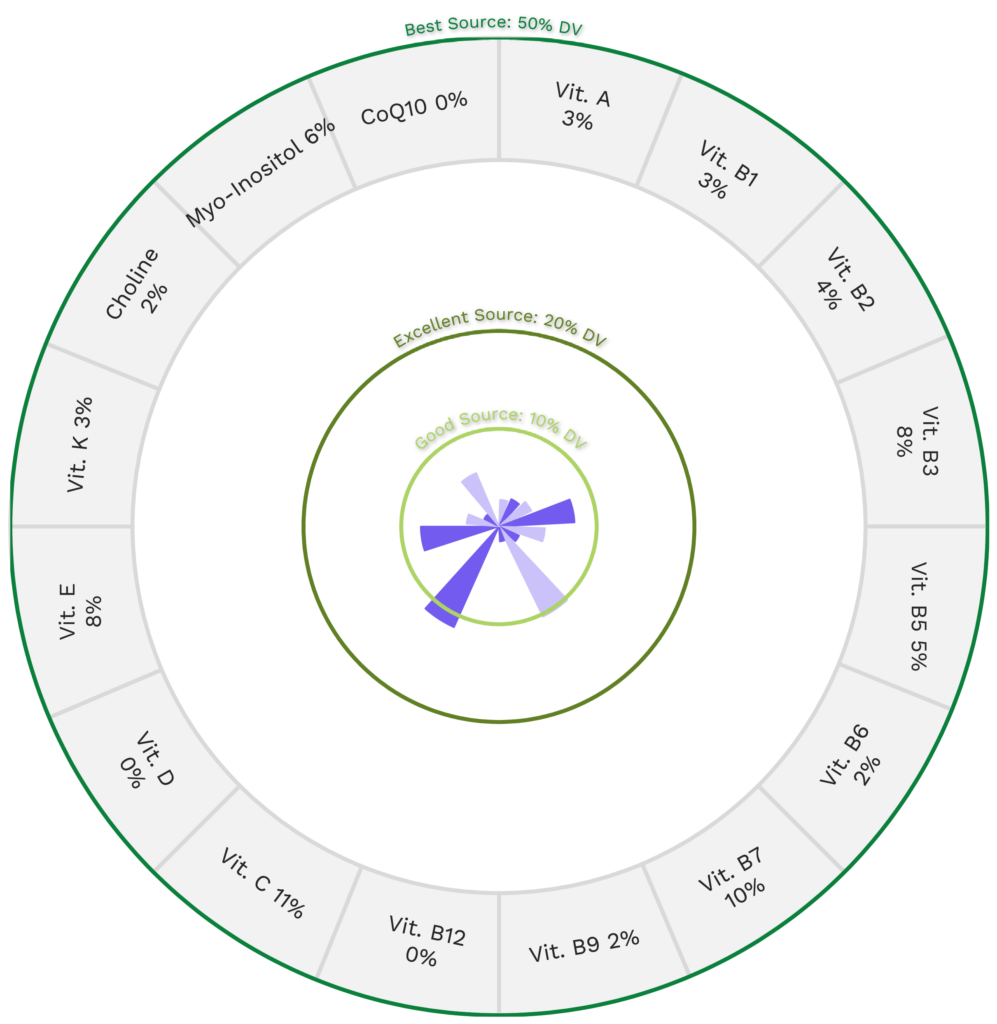

Peach Nutrition Varies With Processing
The Nutrivore Score of peaches varies depending on processing. When fresh peaches aren’t in season, canned, dehydrated, dried, and frozen peaches are readily available year-round at your local grocery store.
| NUTRIVORE SCORE | |
|---|---|
| Peaches, canned, water pack, solid and liquids | 319 |
| Peaches, dehydrated, sulfured, stewed | 862 |
| Peaches, dehydrated, sulfured, uncooked | 822 |
| Peaches, dried, sulfured, stewed, without added sugar | 1101 |
| Peaches, dried, sulfured, uncooked | 1181 |
| Peaches, yellow, raw | 295 |
Did the nutrition in this fruit leave you “s-PEACH-less”? Maybe your friends will be too!
Health Benefits of Peach Nutrients
Let’s take a closer look at all of the best and excellent source of nutrients found in a 1-cup serving of peaches and see how they benefit our health.
Peaches Provide 462.6 mg of Polyphenols
Peaches are a best source of polyphenols, providing 462.6 mg of polyphenols per 1-cup serving!
Phytonutrients are concentrated in the peel, so it’s important to eat the whole fruit!
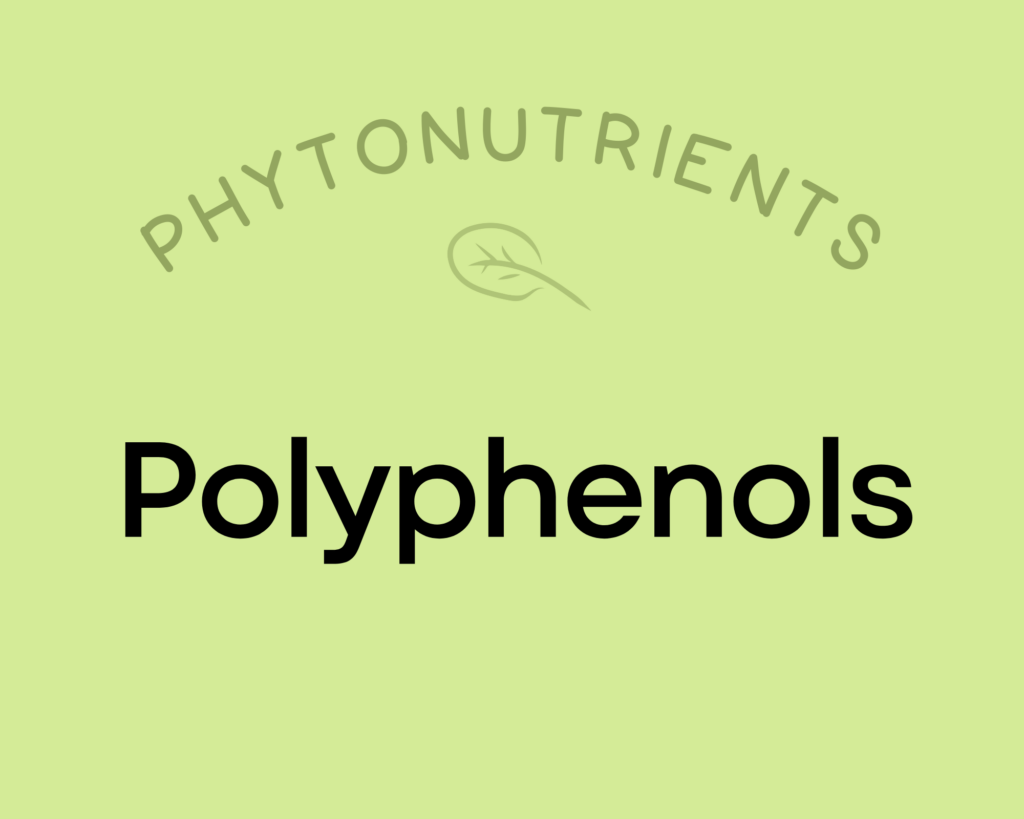
Polyphenols play a huge role in protecting against cancer, heart disease, diabetes, asthma, osteoporosis, neurodegenerative diseases, and other conditions associated with oxidative stress. In fact, a major reason foods like red wine and olive oil (as well as diets rich in both, such as the Mediterranean diet) show up as so beneficial may be due to their high polyphenol content! Along with chronic diseases, supplementing with polyphenols has been shown to protect against infections and reduce the signs of aging. Polyphenols exert their most potent effects by acting as antioxidants—preventing cellular damage by neutralizing hazardous oxygen radicals and improving cellular health as a result (which, in turn, benefits virtually every system in the body). As a result of their antioxidant properties, polyphenols also boost the immune system and protect against both chronic and acute diseases. In addition, polyphenols can help regulate enzyme function, stimulate cell receptors, modulate the functions of inflammatory cells (including T and B lymphocytes, macrophages, platelets, and natural killer cells), alter adhesion molecule expression, affect nerve cells and cardiac muscle cells, and exert antiviral effects. Learn more about polyphenols here.
Learn What Foods Are the Best Sources of Every Nutrient

The Top 25 Foods for Every Nutrient
The Top 25 Foods for Every Nutrient e-book is a well-organized, easy-to-use, grocery store-friendly guide to help you choose foods that fit your needs of 43 important nutrients while creating a balanced nutrient-dense diet.
Get two “Top 25” food lists for each nutrient, plus you’ll find RDA charts for everyone, informative visuals, fun facts, serving sizes and the 58 foods that are Nutrient Super Stars!
Buy now for instant digital access.
How Much Peach Should We Eat Per Day?
A summer-time favorite, nothing beats the taste of a fresh, juicy, peach. Not only are peaches delicious but this fruit is also a “stone” cold nutrient power house!
Eating two or three servings of fruit per day is optimal from a health perspective. A 2017 systemic review and meta-analysis looked at how all-cause mortality was impacted by varying intakes of 12 different food groups: whole grains and cereals, refined grains and cereals, vegetables, fruits, nuts, legumes, eggs, dairy products, fish, red meat, processed meat, and sugar-sweetened beverages. This analysis revealed non-linear relationships between how much of a particular food group we eat and how it impacts our health. While the results revealed no upper limit to the benefits of vegetable intake, the sweet spot for fruit intake was 300 grams daily. Intakes of fruit over 400 grams per day were not as beneficial as 300 grams, but the good news is that even intakes of 600 grams of fruits per day was superior to no fruit at all! This sweet spot for fruit intake translates to 2 to 3 servings of fruit daily.
And a 2018 review similarly concluded that two to three servings of fruit daily was optimal for reducing risk of cardiovascular disease, type 2 diabetes, obesity, chronic obstructive pulmonary disease, chronic constipation, and inflammatory bowel disease.
Fruit makes a convenient snack, a healthy dessert, a whimsical addition to salads, and a sophisticated flavoring agent in the form of salsas, jams, and chutneys. A serving is standardized to 1 cup chopped for raw vegetables and fruits (typically translates to 1/2 cup to 2/3 cup once cooked). Learn more in Importance of Vegetables and Fruit
A 2013 study found that consuming at least 2 servings of peaches or nectarines per week was associated with a 41% reduced risk of estrogen receptor breast cancer in postmenopausal women!
It’s always best to mix up the fruit and veggies you eat day to day (aiming for a wide variety of different vegetables and fruits throughout the week), and peaches definitely have a place at the table.
Easily track your servings of Nutrivore Foundational Foods!

The Nutrivore Weekly Serving Matrix
The Nutrivore Weekly Serving Matrix digital resource is an easy-to-use and flexible weekly checklist designed to help you maximize nutrient-density and meet serving suggestions of Nutrivore foundational foods, all without having to weigh or measure your foods!
Includes a 22-page instructional guide and downloadable interactive guides.
Buy now for instant digital access.
cITATIONS
Expand to see all scientific references for this article.
Clements RS Jr, Darnell B. Myo-inositol content of common foods: development of a high-myo-inositol diet. Am J Clin Nutr. 1980 Sep;33(9):1954-67. doi: 10.1093/ajcn/33.9.1954. PMID: 7416064.
Fineli Finnish Food Composition Database: Peach/Nectarine, without skin and stone
Fung TT, Chiuve SE, Willett WC, Hankinson SE, Hu FB, Holmes MD. Intake of specific fruits and vegetables in relation to risk of estrogen receptor-negative breast cancer among postmenopausal women. Breast Cancer Res Treat. 2013 Apr;138(3):925-30. doi: 10.1007/s10549-013-2484-3. Epub 2013 Mar 27.
Phenol-Explorer: Peach, whole
USDA Food Central Database: Peaches, yellow, raw
Watanabe T, Kioka M, Fukushima A, Morimoto M, Sawamura H. Biotin content table of select foods and biotin intake in Japanese. Int J Anal Bio-Sci. 2014. Vol 2(4):109-125.


